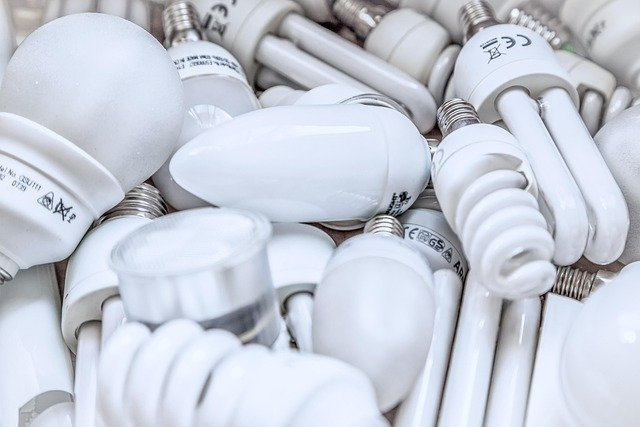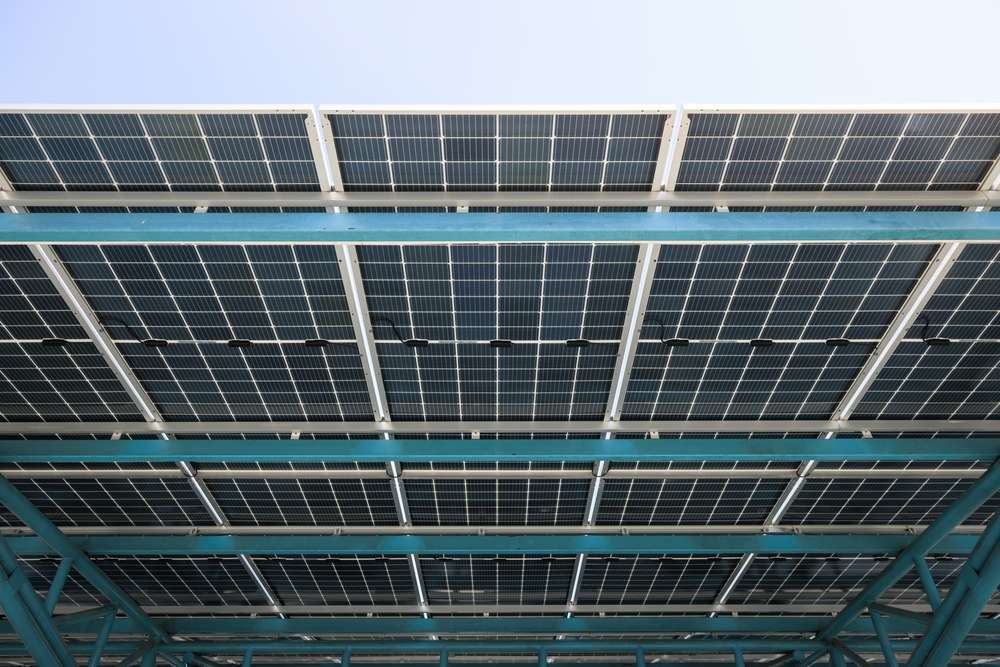Smart energy & eco-friendly home devices
The evolution of smart home technology has brought significant advancements in energy efficiency and environmental sustainability. Today's eco-friendly smart devices not only reduce utility bills but also minimize carbon footprints while maintaining modern convenience. These innovations represent a perfect blend of technological progress and environmental consciousness for the contemporary homeowner.

Smart homes have evolved from simple convenience-focused systems to sophisticated ecosystems that prioritize sustainability and energy efficiency. As climate concerns grow and energy costs rise, homeowners increasingly seek technologies that reduce environmental impact without sacrificing comfort or functionality. Modern eco-friendly smart home devices offer practical solutions that benefit both the planet and household budgets.
How Smart Thermostats Revolutionize Home Energy Management
Smart thermostats represent one of the most impactful eco-friendly home technologies available today. These devices go beyond simple temperature scheduling by learning household patterns and optimizing heating and cooling accordingly. Products like Nest, ecobee, and Honeywell smart thermostats use occupancy sensors and weather forecasts to make intelligent adjustments that minimize energy waste. Many models provide detailed energy consumption reports, helping homeowners identify patterns and opportunities for additional savings. Studies show that smart thermostats can reduce heating and cooling costs by 10-15% annually, representing significant financial and environmental benefits over time.
Energy Monitoring Systems for Conscious Consumption
Whole-home energy monitoring systems provide unprecedented visibility into household electricity usage. These systems connect to electrical panels and track consumption in real-time, breaking down usage by appliance, room, or time of day. Through companion apps, homeowners can identify energy vampires—devices that consume electricity even when not in use—and make informed decisions about usage patterns. Some systems even provide alerts when unusual consumption occurs, helping to identify malfunctioning appliances before they cause significant waste. This visibility often leads to behavioral changes that reduce overall energy consumption, sometimes by as much as 15-20% in typical households.
Smart Lighting Solutions That Minimize Waste
Modern smart lighting systems combine energy efficiency with unprecedented control options. LED bulbs integrated with smart controls consume up to 80% less energy than traditional incandescent lighting while lasting significantly longer. Motion sensors ensure lights operate only when needed, while scheduling capabilities prevent lights from remaining on when spaces are unoccupied. Advanced systems can even adjust brightness and color temperature throughout the day to complement natural light cycles, reducing energy consumption while supporting healthy circadian rhythms. Integration with voice assistants and smartphone apps makes these energy-saving features convenient and accessible for everyday use.
Water Conservation Through Smart Home Technology
Water conservation represents another important aspect of eco-friendly smart homes. Smart irrigation systems use weather data, soil moisture sensors, and evapotranspiration metrics to water gardens precisely when needed, eliminating waste from overwatering. Inside the home, smart leak detectors can identify problems early, preventing both water waste and potential property damage. Some advanced systems can automatically shut off water supplies when leaks are detected, providing protection even when homeowners are away. Smart shower systems with consumption tracking help users understand and modify their usage patterns, potentially saving thousands of gallons annually.
Renewable Energy Integration in Smart Home Ecosystems
The integration of renewable energy sources with smart home systems represents a significant advancement in residential sustainability. Smart inverters and energy management systems optimize the use of solar power by directing energy to where it’s needed or storing excess in home battery systems. During peak utility rate periods, these systems can switch to stored power, reducing costs and grid demand. Some systems even allow homeowners to sell excess energy back to the grid, creating potential revenue streams from sustainable practices. The combination of energy production and intelligent consumption management creates homes that approach net-zero energy usage.
Comparative Analysis of Eco-Friendly Smart Home Systems
When investing in eco-friendly smart home technology, understanding the options and their relative benefits becomes crucial for making informed decisions. The table below compares some of the leading systems available in the market today:
| System Type | Representative Products | Initial Cost Range | Potential Annual Savings | Environmental Impact |
|---|---|---|---|---|
| Smart Thermostats | Nest Learning, ecobee SmartThermostat | $150-$300 | $50-$150 | Reduces HVAC energy use by 10-15% |
| Energy Monitoring | Sense, Emporia Vue | $200-$350 | $140-$300 | Enables 15-20% reduction in electricity use |
| Smart Lighting | Philips Hue, LIFX | $100-$500 | $50-$100 | Reduces lighting energy use by up to 80% |
| Water Management | Rachio, Flume | $150-$300 | $60-$200 | Can reduce water usage by 20-50% |
| Home Batteries | Tesla Powerwall, LG Chem RESU | $8,000-$15,000 | $500-$1,000 | Enables greater renewable energy utilization |
Prices, rates, or cost estimates mentioned in this article are based on the latest available information but may change over time. Independent research is advised before making financial decisions.
The Role of Ergonomic Technology in Maintaining Comfort
While energy efficiency remains paramount, eco-friendly smart homes don’t sacrifice comfort. Modern systems incorporate ergonomic technologies that maintain or enhance comfort while reducing resource consumption. Smart HVAC zoning systems, for instance, direct heating and cooling precisely where needed instead of treating the entire home uniformly. Automated window coverings adjust throughout the day to maximize natural light while minimizing heat gain or loss. Smart ceiling fans coordinate with thermostats to improve air circulation, allowing temperature setpoints to be adjusted without reducing comfort. These ergonomic approaches demonstrate that sustainability doesn’t require sacrifice—rather, it can enhance living experiences through more thoughtful resource utilization.
Smart home technology continues to evolve rapidly, with sustainability increasingly becoming a central focus rather than an afterthought. As these systems become more affordable and interconnected, their collective impact on residential energy consumption and environmental footprint grows substantially. For homeowners looking to reduce their environmental impact while embracing modern convenience, eco-friendly smart home devices offer practical, effective solutions that align technological advancement with environmental responsibility.



